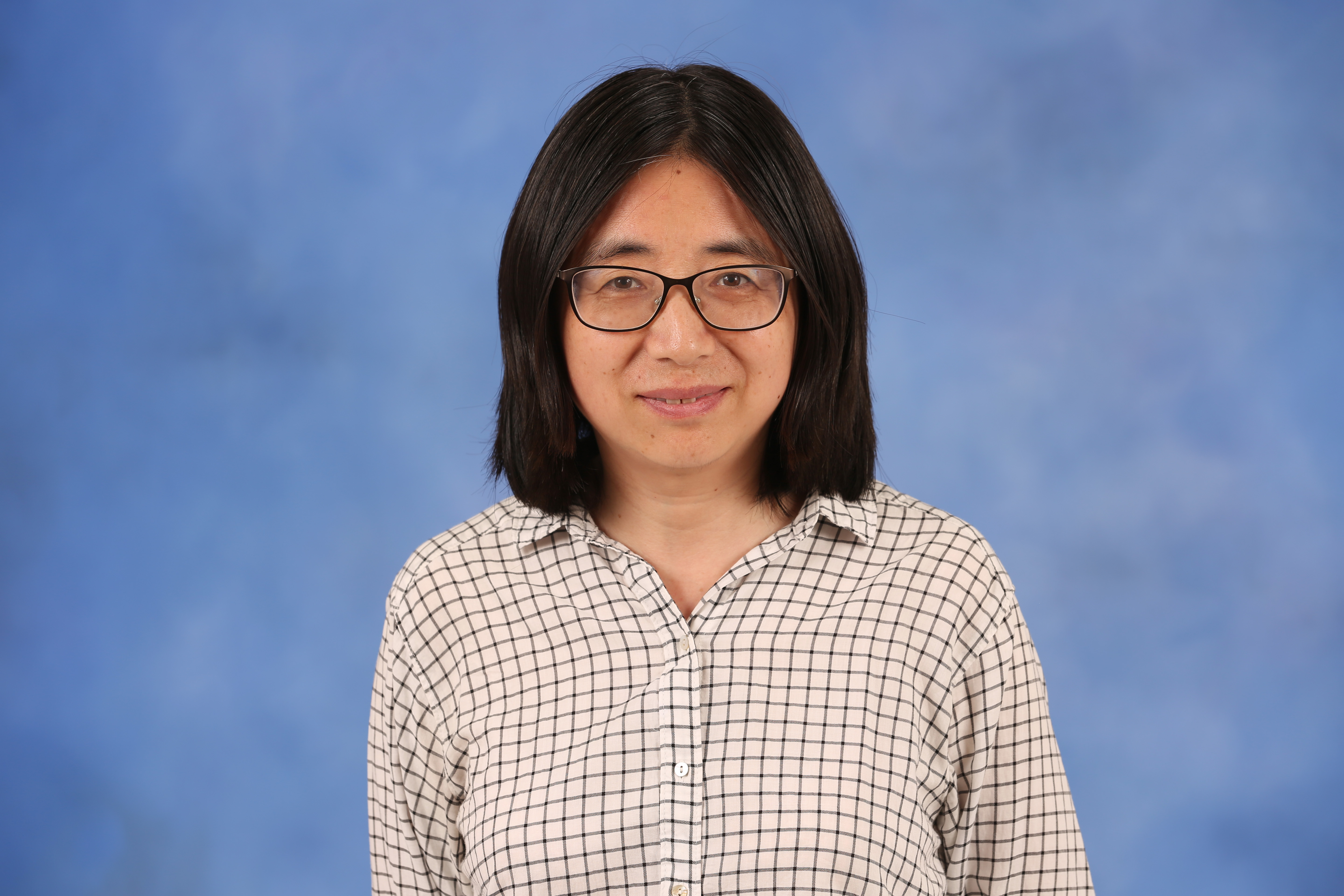HUNTSVILLE, Ala. (Feb. 8, 2021) – A new mechanism to explain how electrons work in solar flares has been proposed by a University of Alabama in Huntsville (UAH) solar physicist using a theoretical model of particle acceleration.
Dr. Haihong Che is a new assistant professor in the Department of Space Science at UAH, a part of the University of Alabama System, and at UAH’s Center for Space Plasma and Aeronomic Research. She has written a paper on her findings on the origin of power-law energetic electron energy distribution in solar flares, and another is forthcoming.
Soon to be compared to direct solar observations from two spacecraft, Dr. Che’s modeling work utilizes the supercomputers of NASA’s High-End Computing Program through the NASA Advanced Supercomputing Division at Ames Research Center in California.
“For the first time, we predict a two-stage evolution of the acceleration process which is supported by the x-ray observations of solar flares,” she says. “We reveal how the power-law energy distribution is determined by the turbulent process.”
A solar flare occurs when magnetic energy that has built up in the sun’s magnetic loops is suddenly released, and it’s a big event. Typically, the energy released is the equivalent of millions of 100-megaton hydrogen bombs exploding at the same time.
“As the magnetic energy is being released, particles including electrons and ions are heated and accelerated, and plasma turbulence is generated in the solar corona,” Dr. Che says.
“My research focuses on the mechanism of how and why the magnetic energy stored in the magnetic loops becomes unstable and is suddenly released, how the released energy drives instabilities and turbulence, and how the turbulence accelerates and transports particles in the solar corona.”
Her work addresses the underlying physics of how solar flares accelerate energetic electrons to a power-law, which is a functional relationship between two quantities where a relative change in one quantity results in a proportional relative change in the other quantity.
Knowing about that process can help scientists understand what physical mechanism governs solar flares, and it is one of the most important and long-standing problems in solar physics.
“The model observations have discovered that nearly half of the released energy during solar flares is carried by energetic electrons,” Dr. Che says. “Compared to ions which are heavy, the electrons are very light and they can be easily accelerated to a velocity close to the speed of the light.”
The highly energetic electrons produce intense radiation, from short wavelength x-rays to long wavelength radio waves, that can inform scientists about what is happening in the solar corona.
“We are planning to use the data from NASA’s Parker Solar Probe (PSP), and the newly launched NASA-ESA spacecraft Solar Orbiter to test our model in the near future,” says Dr. Che.
“PSP can provide in-situ observations of the solar energetic electrons and provide the direct evidence to our model,” she says. “However, the observation is challenging since it requires simultaneous observations of radio, x-ray and energetic electron detections to confirm if the origin of these energetic electrons is from a solar flare in the sun.”
Currently teaching the graduate core course Space Physics I and an advanced graduate course in solar physics, Dr. Che is joined in her solar research by third-year UAH Space Science graduate student Chris Crawford and CSPAR postdoctoral researcher Bofeng Tang.
Her research is partially supported by a NASA heliophysics CAREER award and is a National Science Foundation EPSCoR project. She was also awarded the 2020 Oak Ridge Associated Universities Ralph E. Powe Junior Faculty Enhancement Award.
New knowledge from Dr. Che’s research on the nonlinear dynamics related to solar flares can contribute to efforts to better predict space weather, and she says study of the sun is essential because of its dynamic and life-giving effects on Earth.
“The sun is the closest star to the Earth,” Dr. Che says. “Solar activities directly impact on the magnetic field and plasma environment of the Earth and affect radio communications at the Earth.”
The sun is also a self-supported clean energy generator, she points out.
“To understand how the sun works may inspire us to make clean energy one day. Moreover, the sun provides a perfect astrophysical lab for us to understand how other distant stars in the universe work and evolve.”
About The University of Alabama in Huntsville
Launched from America’s quest to conquer space, The University of Alabama in Huntsville is one of America’s premier doctoral-granting, research-intensive universities. Located in the second largest research park in the United States, UAH has robust capabilities in astrophysics, cybersecurity, data analytics, logistics and supply chain management, optical systems and engineering, reliability and failure analysis, rotorcraft and unmanned systems, severe weather, space propulsion and more. UAH prepares students for demanding positions in engineering, the sciences, business, nursing, education, the arts, humanities and social sciences.
